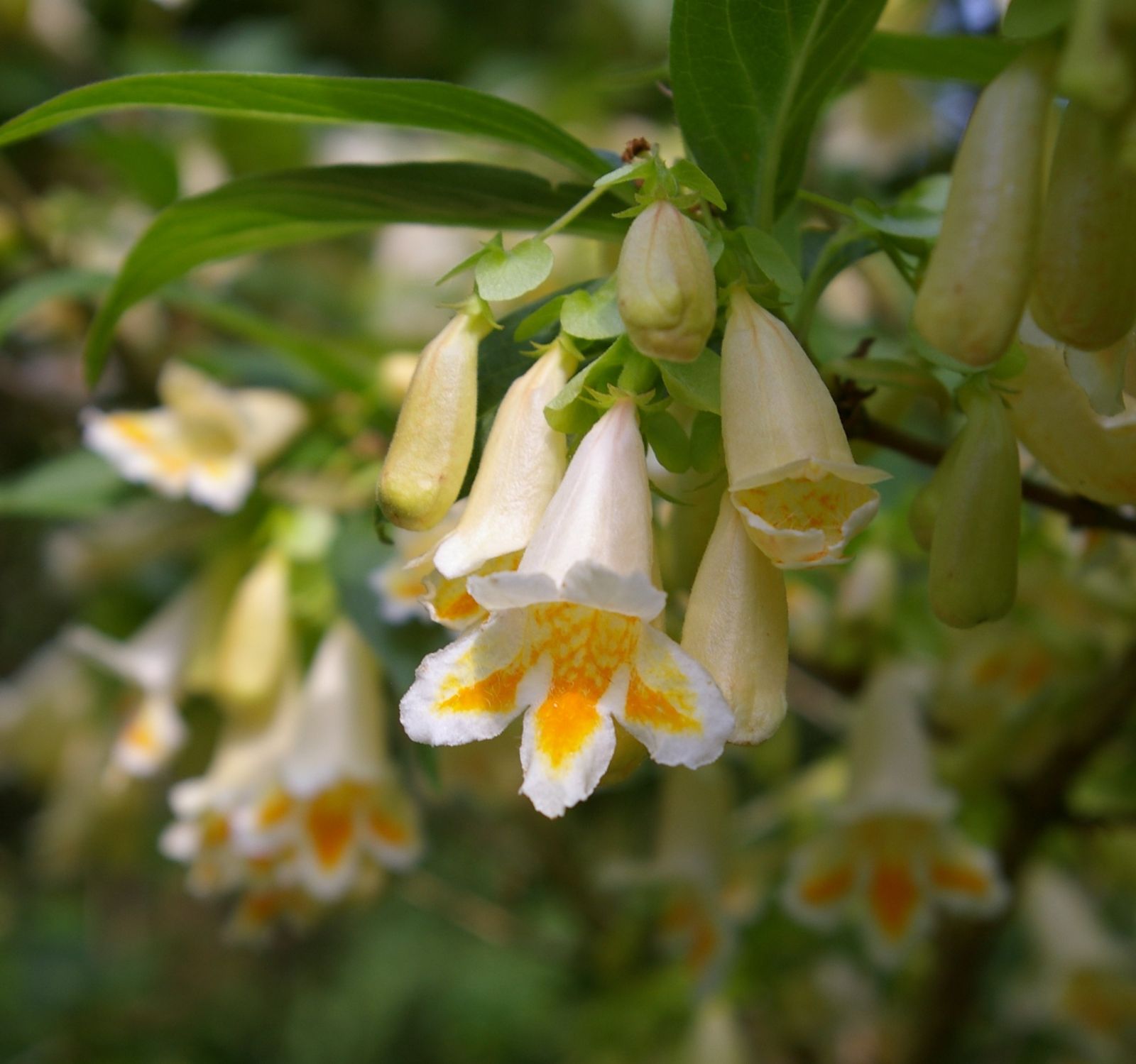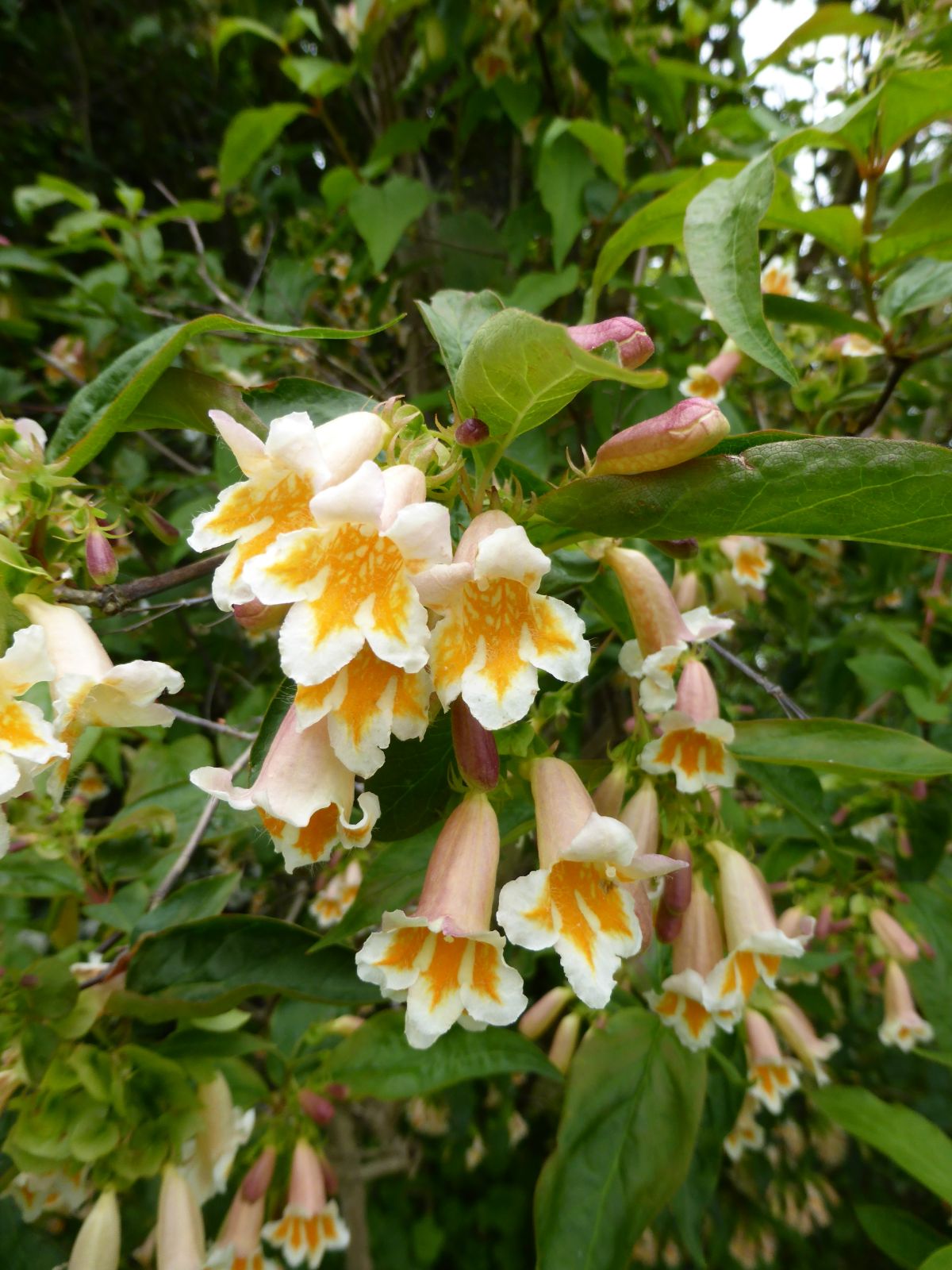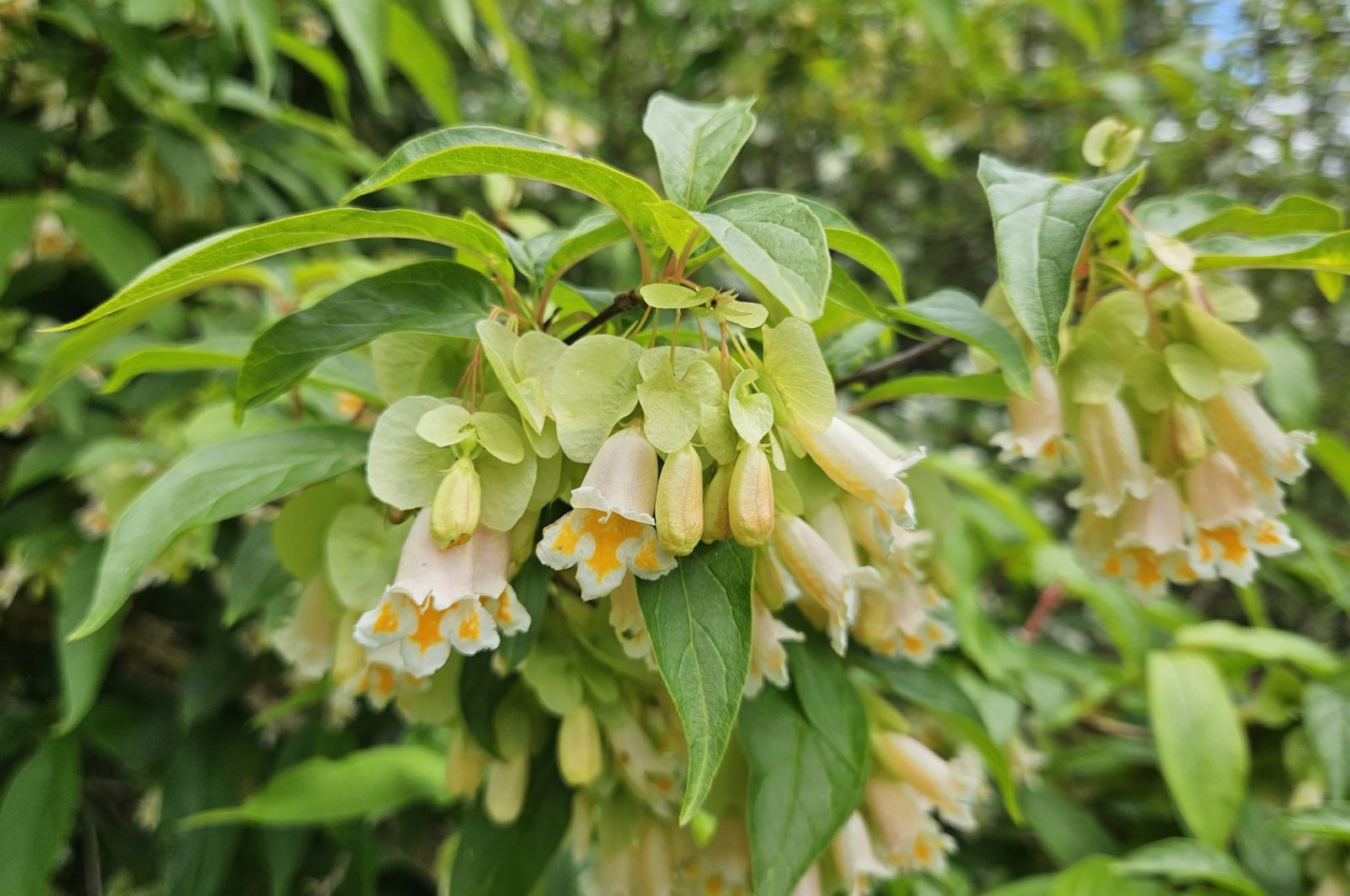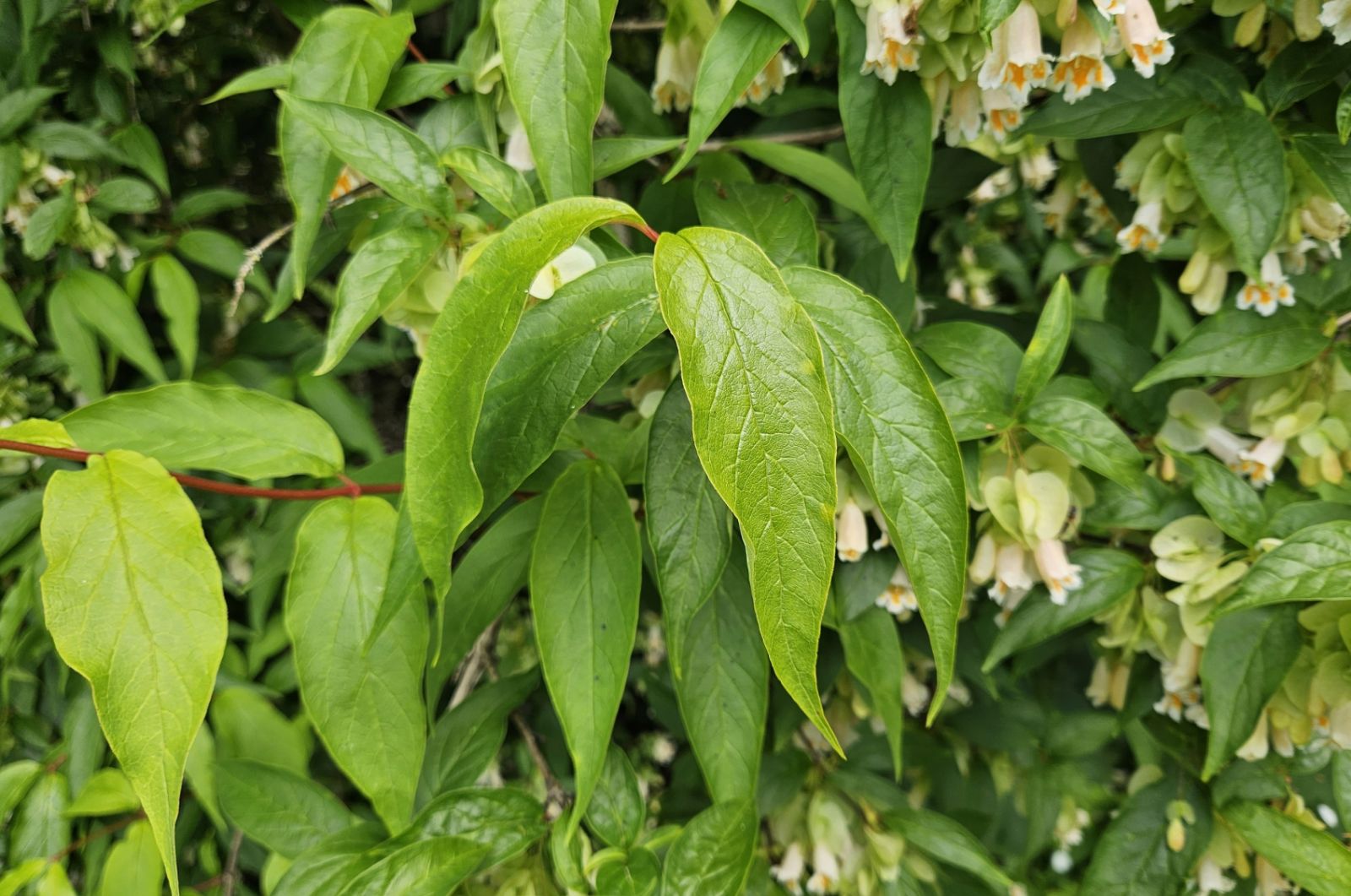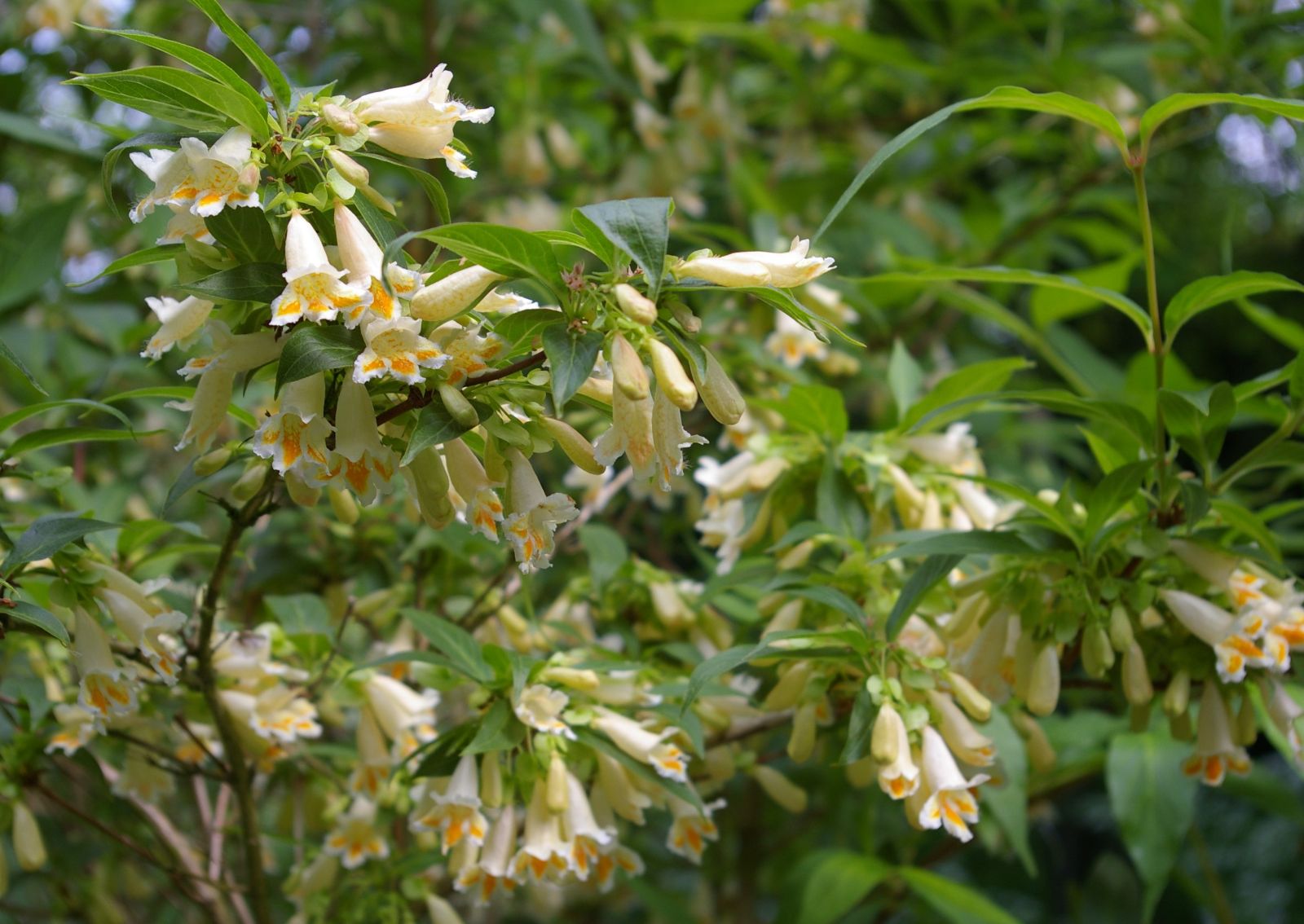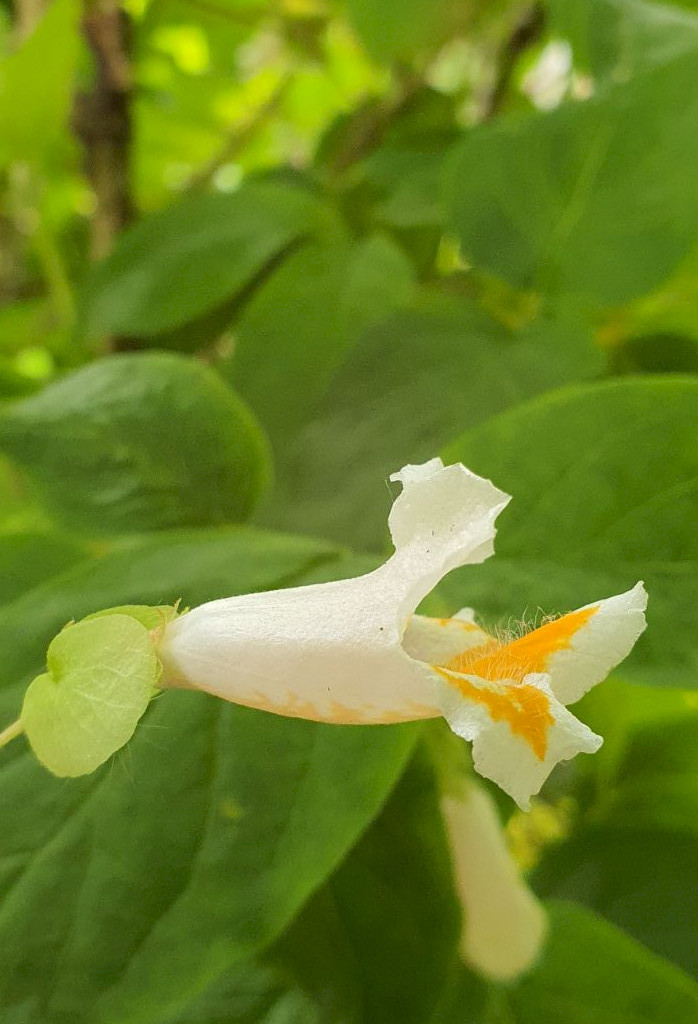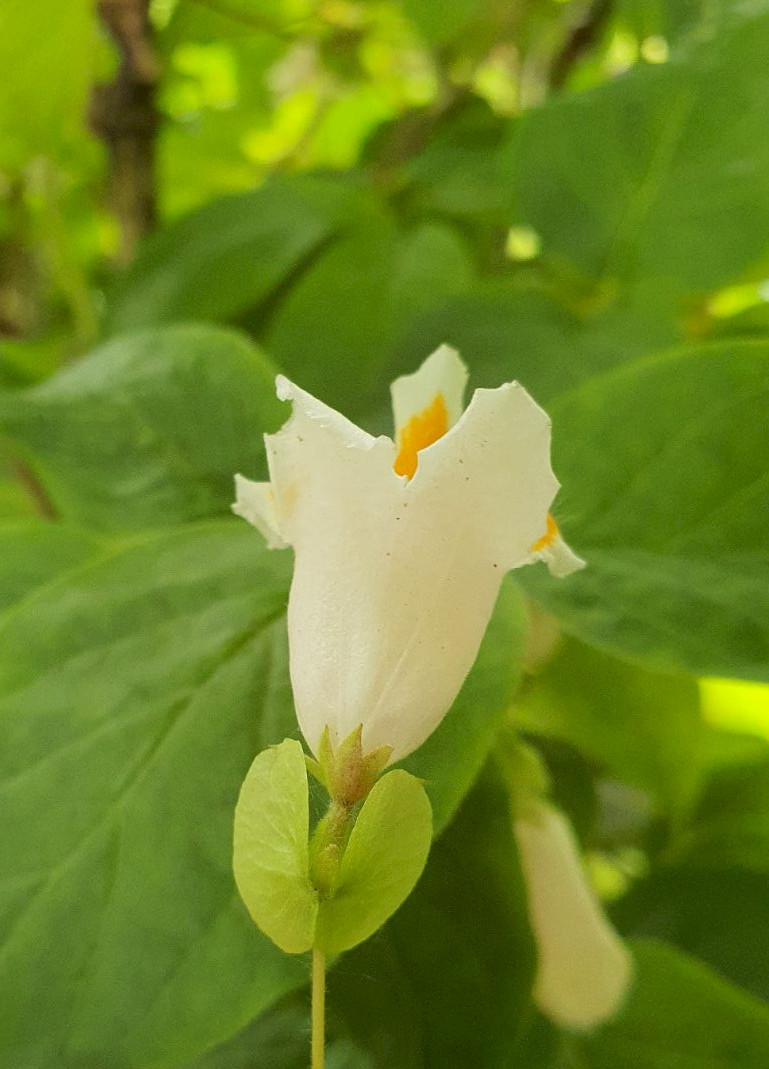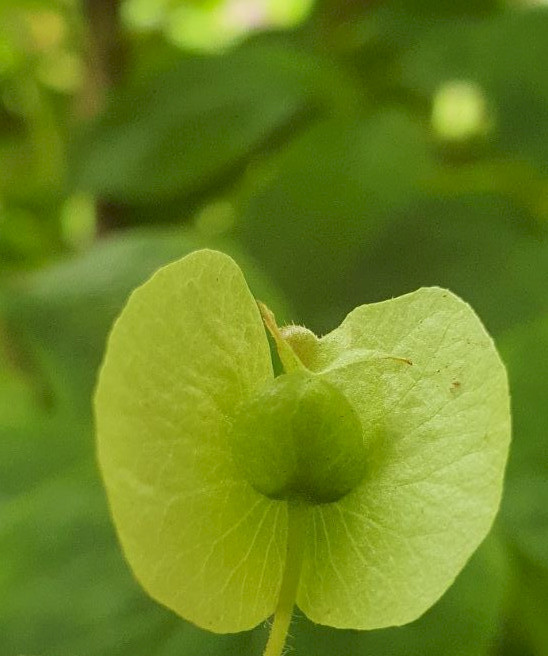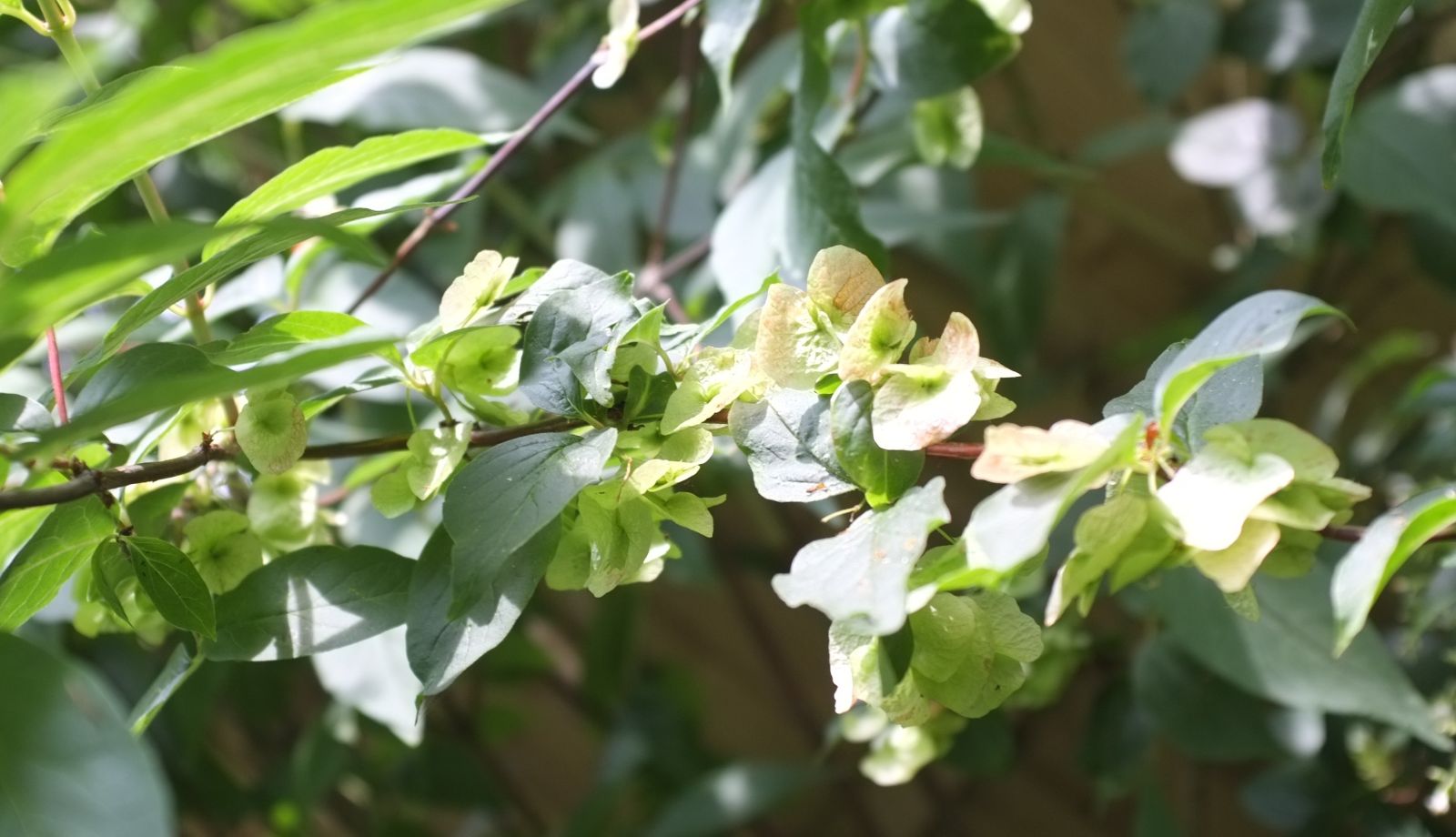Dipelta yunnanensis
Sponsor
Kindly sponsored by
The Normanby Charitable Trust
Credits
Owen Johnson (2021)
Recommended citation
Johnson, O. (2021), 'Dipelta yunnanensis' from the website Trees and Shrubs Online (treesandshrubsonline.
Genus
Common Names
- Boxleaf Honeysuckle
- Yunnan Honeysuckle
Synonyms
- Linnaea yunnanensis (Franch.) Christenh.
- Dipelta yunnanensis var. brachycalyx Hand.-Mazz.
Shrub to c. 4 m tall, rarely arborescent. Shoots glabrous to densely hairy; older bark grey-brown, exfoliating in long strips. Leaves ovate to lanceolate, 3.5–12 × 1.2–3.5 cm, base rounded to cuneate, tip acute to long acuminate; margin entire, or with a few remote teeth; leaf glabrous or sparsely hairy; petiole 6–14 mm long. Flowers May-July; inflorescences often paired at branch-tips; peduncle to 2 cm long, with 2 narrow lanceolate bracts near the middle; ovary with 4 bracts (episepals), the lateral ones kidney-shaped with margins sometimes recurved; calyx fused in the lower half; corolla white to cream or pink with orange markings in the throat, 2–3 cm long, lower lip bearded; base of corolla slightly bulging. Stamens nearly as long as the corolla tube; style often slighlty longer than the corolla-tube, sparsely hairy. Fruit July–November, the achene enclosed between the 2 winged episepals which are 1.5–2 cm across, kidney-shaped (attached at the edge). (Landrein & Farjon 2020).
Distribution Myanmar In the far north China Gansu, Guizhou, Hubei, Shaanxi, Sichuan, Xizang (Tibet), Yunnan
Habitat Mixed forests and scrub, 800–2400 m asl.
USDA Hardiness Zone 5b
RHS Hardiness Rating H5
Conservation status Least concern (LC)
This is the commonest and most widespread Dipelta in the wild, though most populations show a mix of features with D. ventricosa (Landrein & Farjon 2020). It was introduced, along with D. floribunda and D. ventricosa, around 1904 (Hemsley 1908) – presumably by Ernest Wilson, though Hemsley does not confirm this. The forms now in cultivation probably derive from later introductions (Landrein & Farjon 2020), including one made by George Forrest around 1910 (Bean 1976). At the Royal Botanic Garden Edinburgh seven provenances are represented, the oldest (19390273) collected by H.D. McLaren in 1939 (McLaren AE88), but most date from the past thirty years, during which time several introductions have been made from the Lijiang area of Yunnan (Royal Botanic Garden Edinburgh 2021).
Like its closest relatives this is a vigorous shrub which tolerates lime and perhaps chalk; it is hardy, reaching its limit at the Morton Arboretum in Illinois (American Climate Zone 5), where it dies back to the ground in winter (Dirr 2009). Although Dipelta are often woodland plants in the wild, Michael Dirr observes a preference for full sun even in the United States (Dirr 2009). In spring the leaves are bronze as they unfold (Stewart 2010) and its foliage is glossier and slightly more refined than that of Dipelta floribunda, though the individual flowers are a little smaller (Pan-Global Plants 2021). D. yunnanensis remains commercially available in the UK from a number of specialist growers (Royal Horticultural Society 2020), whilst in the United States it seems very little known. It is also sold in Australia by (Dicksonia Rare Plants).

